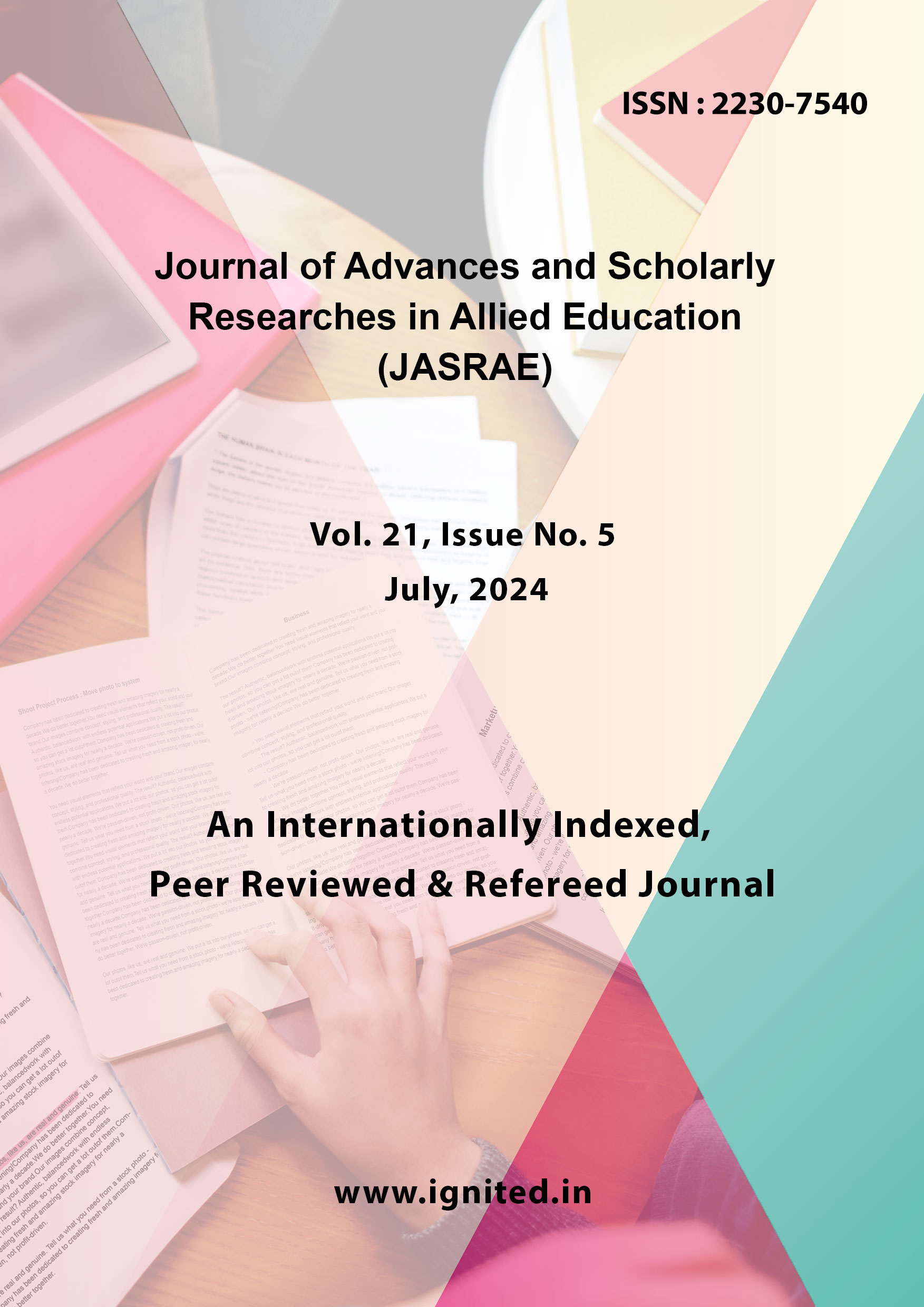Optimization of Synthesis Parameters for Mgb₂/Graphene Bilayer Films: Enhancing Superconducting Transition Temperature
DOI:
https://doi.org/10.29070/yrgpqt98Keywords:
Parameters , superconducting, Transition, TemperatureAbstract
Over the last few years, there has been a boom in interest in the development of hybrid structures that combine graphene with superconductors. This might be attributed to the newly found superconducting proximity effect as well as the need for superconducting devices that are at the cutting edge of technology. Increasing the superconducting transition temperature (Tc) is the major objective of this research project, which aims to optimise the synthesis parameters for bilayer films composed of graphene and magnesium boride (MgB2). The first step in the procedure involves transferring monolayer graphene that has been generated on copper foil to the substrate that is being targeted. The subsequent step is to produce thin films of magnesium bicarbonate by using a hybrid technique that combines physical and chemical vapour deposition. Both of these steps are essentially important to the manufacturing process as a whole. By fine-tuning parameters such as precursor flow rates, annealing conditions, and deposition temperature, the MgB2 film is optimised for a dominant c-axis orientation, a smooth and continuous surface, and a sharp superconducting transition at an improved Tc of 36 K, which is close to the bulk value of 39 K. This is accomplished by optimising the film for these characteristics. This increase in crystallinity and Tc, which illustrates the usefulness of the improved production strategy, makes it feasible to undertake more research into the proximity effect in graphene and to create high-temperature superconducting devices such as Josephson junctions. Both of these developments show that the optimised manufacturing approach is effective. The creation of these innovations is made possible by advancements in the manufacturing process.
References
Canfield P C, Finnemore D K, Bud’ko S L, Ostenson J E, Lapertot G, Cunningham C E and Petrovic C 2001 Phys. Rev. Lett. 86 2423
Christen H M, Zhai H Y, Cantoni C, Paranthaman M, Sales B C, Rouleau C, Norton D P, Christen D K and Lowndes D H 2001 Preprint cond-mat/0103478, Accepted for publication in Physica C.
Zhai H Y, Christen H M, Paranthaman M, Cantoni C, Sales B C, Rouleau C, Christen D K and Lowndes D H 2001 American Physics Society, March Meeting, Web address: http://www.aps.org/meet/MAR01/mgb2/talks3.html#talk54,12 March 2001 (Seattle)
Paranthaman M, Cantoni C, Zhai H Y, Christen H M, Aytug T, Sathyamurthy S, Specht E D, Thompson J R, Lowndes D H, Kerchner H R and Christen D K 2001 Preprint cond-mat/0103569, accepted for publication in Appl. Phys. Lett.
Zhai H Y, Christen H M, Zhang L, Paranthaman M, Cantoni C, Sales B C, Christen D K and Lowndes D H 2001 Preprint cond-mat/0103618
P. Rickhaus, M. Weiss, L. Marot, and C. Schonenberger, Nano Lett. 12, 1942–1945 (2012).
N. Mizuno, B. Nielsen, and X. Du, Nat. Commun. 4, 2716 (2013).
C. Tonnoir, A. Kimouche, J. Coraux, L. Magaud, B. Delsol, B. Gilles, and C. Chapelier, Phys. Rev. Lett. 111, 246805 (2013).
D. K. Efetov, C. L. W. Handschin, K. B. Efetov, J. Shuang, R. Cava, T. Taniguchi, J. K. W. Hone, C. R. Dean, and P. Kim, Nat. Phys. 12, 328–332 (2016).
F. Amet, C. T. Ke, I. V. Borzenets, J. Wang, K. Watanabe, T. Taniguchi, R. S. Deacon, M. Yamamoto, Y. Bomze, S. Tarucha, and G. Finkelstein, Science 352, 966 (2016).
Di Bernardo, O. Millo, M. Barbone, H. Alpern, Y. Kalcheim, U. Sassi, A. K. Ott, D. De Fazio, D. Yoon, M. Amado, A. C. Ferrari, J. Linder, and J. W. A. Robinson, Nat. Commun. 8, 14024 (2017).











